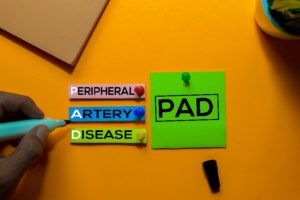
Peripheral artery disease (PAD) can be easily diagnosed by means of: physical exam, ankle-brachial index, ultrasound, angiography and blood tests. Diagnosis should immediately be followed by treatment meant to manage symptoms and stop the progression of atherosclerosis.
Even though many choose to stick with lifestyle changes (such as exercising on a daily basis and going on a diet), additional treatment is often required in order to prevent blood clots and chronic pain or lower blood pressure and cholesterol. Treatment for peripheral arterial disease usually consists of medication therapy that is supposed to: control blood sugar, prevent the forming of blood clots and relief severe symptoms.
Further treatment for pad treatment Missouri offers may include angioplasty, bypass surgery or thrombolytic therapy. In addition, supervised physical activity can also be recommended to help the patient’s body use oxygen in a more effective way.
To conclude, lifestyle choices may improve the symptoms of PAD, but medication and surgery are crucial for an adequate management of symptoms and the prevention of life-threatening blood clots or atherosclerosis. Even though taking medication is not a pleasant task and the mere thought of surgery can be stressful, in most cases, time is of the essence and, once diagnosed with peripheral artery disease, the patient should not hesitate to seek proper medical treatment.
